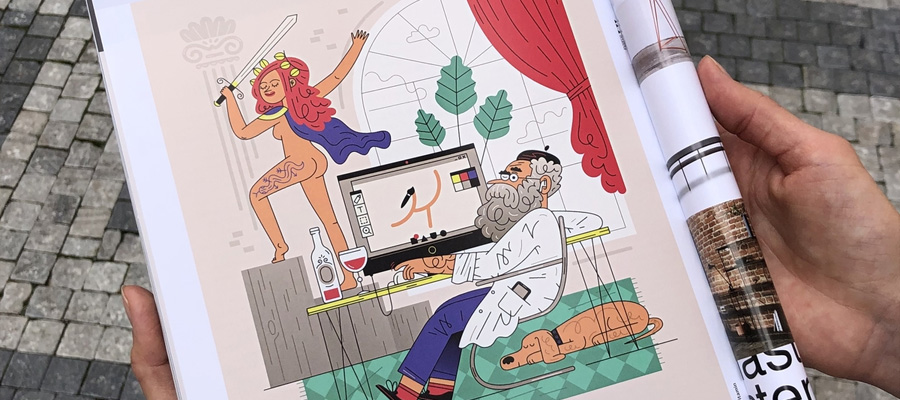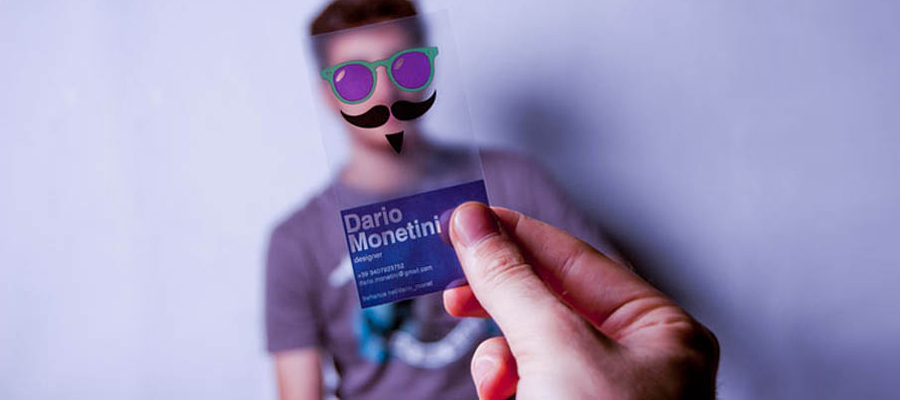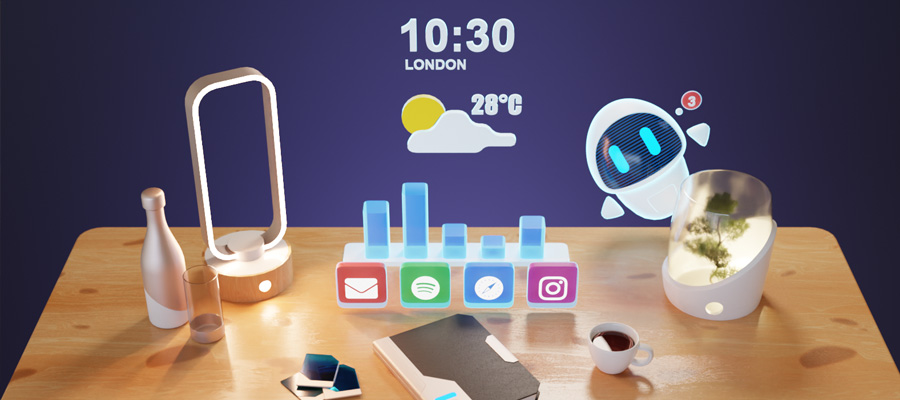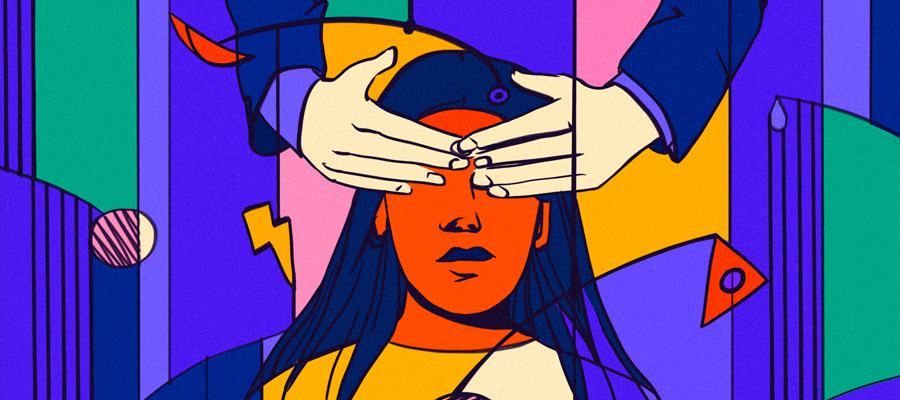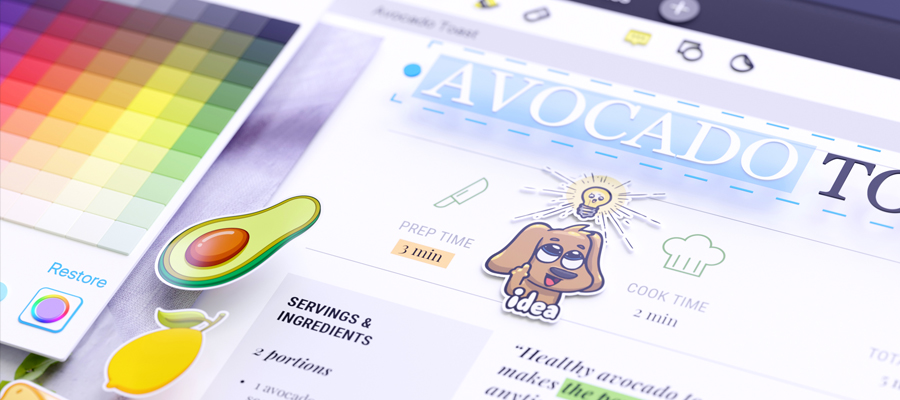User experience design, popularly known as UX design, is a process used to create products that are relevant and meaningful to users’ experiences. UX design consists of a vast array of subsets, but broadly speaking, UX design involves the entire process of acquiring and integrating a product. That includes branding, design, function, and usability. There is a growing demand for UX designers these days, but companies often hire UX designers and UI/UX agencies who have experience. So how do you get into UX design?
Choose a Specialized Area
To break into UX design, you need to decide which aspects to focus on within the sector. The field of UX design is broad-ranging, and it’s growing all the time. You could specialize in areas like interaction design, motion design, or product design. Decide what type of designer you want to be, and learn the specific skills required.
Learn the Skills You Need
After you have chosen your field within UX design, it’s time to study. You can learn design skills through academic learning, such as enrolling in a university course or a UX training program. Or you can self-learn by reading the best books on the subject.

Create a Portfolio
Once you have acquired the relevant skills to become a UX designer, you need to put together a portfolio. You can then use this when approaching potential employers. If you want to set yourself up as an independent freelancer, it’s also vital you have a portfolio to show prospective clients. The best UX designer portfolios:
- Display Wireframes and Flows: Using wireframes and flows is the most precise way for you to demonstrate a process and design-approach to projects.
- Show How Your User Research Goes into Each Project: It’s vital to demonstrate how your research applies to any given project.
- Present Case Studies: By presenting previous design work in detailed case studies, you can demonstrate how you use compelling titles, role definitions, and in-depth process descriptions.
Get Practical Experience
Before you look for professional work, get practical experience in which you can demonstrate and build your knowledge and skills. You could take on small UX projects for the company you currently work for, do free designs for a local nonprofit organization, or get work experience with a design company. If you are currently not employed and still need some time to get experience, you may need to think about managing unplanned expenses in advance.

Dashboard User Interface by uixNinja
Get Connected
Finding work can be challenging for new UX designers. Establishing a network of contacts is, therefore, essential. You can find UX design jobs advertised via online freelancer platforms, but the best jobs are often not advertised. To discover the best UX jobs, get connected through social media platforms and referrals.
Apply for Work
If you’re looking to work for a company rather than setting yourself up as a freelancer or setting up your own small business, you need to apply for jobs in the same way as you would within any other industry. Submit your resume and your portfolio to companies. If your portfolio looks great, there’s a good chance you will get an interview. If you want to set up your own business, it can be beneficial first to do a business studies course.
